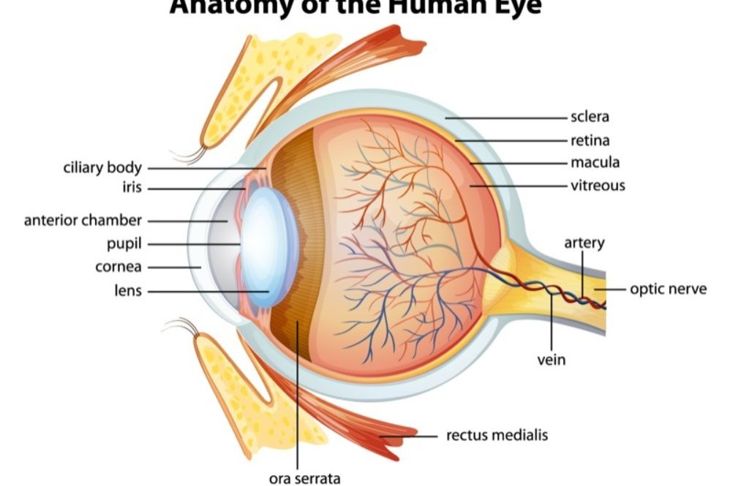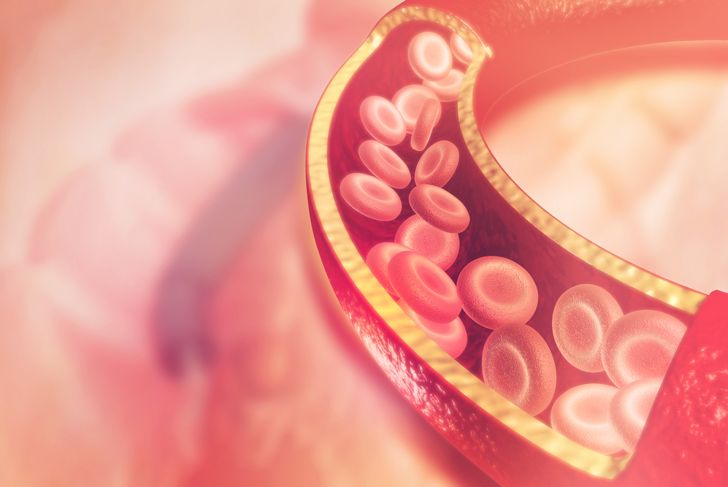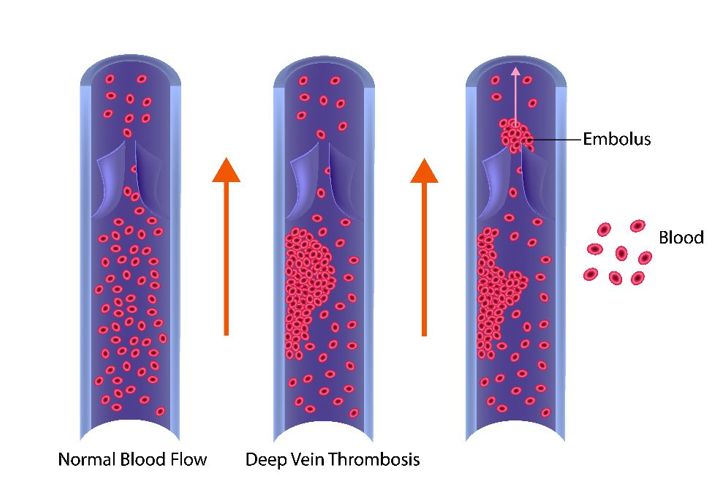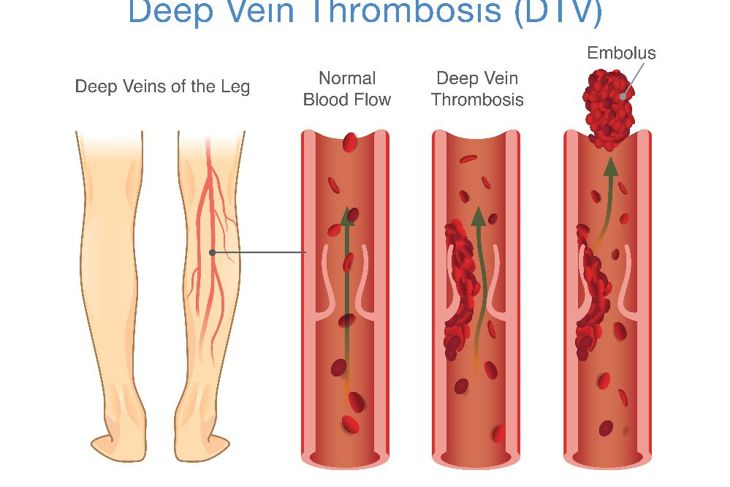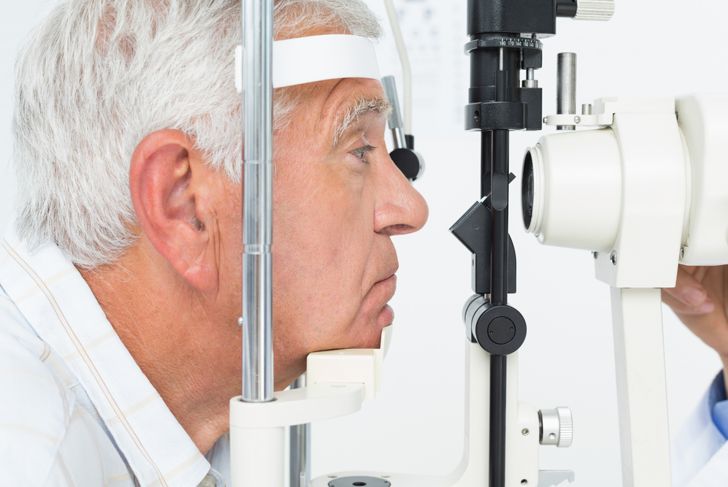Central retinal artery occlusion, also is known as CRAO, occurs when the flow of blood through the central retinal artery is blocked. The central retinal artery is vital to the eye; it provides nutrients to the retina and the optic nerve. When a blockage occurs, numerous detrimental effects can follow, such as painless, sudden, and severe vision loss, which can be permanent.
CRAO is a Type of Stroke
Strokes can occur anywhere in the body when that area is cut off from nutrients and oxygen brought by the blood. Several other conditions can precede CRAO, such as high blood pressure, artery disease, or heart problems.
CRAO and the Central Artery
The eye has several arteries including the primary ophthalmic artery. It is the blockage of this artery that leads to central retinal artery occlusion. Branch retinal artery occlusion or BRAO occurs when the blockage occurs in a smaller artery. An ophthalmologist can diagnose CRAO after an eye examination. The doctor will normally need to perform a dilated pupil exam. The main danger with CRAO is that after only 90 minutes without blood flow, the retina suffers irreversible injury. Sometimes, quickly restoring blood flow to the retina can mitigate damage to the eye. Most patients will suffer permanent, severe vision loss even if blood flow is quickly restored.
This Extra Artery May Help CRAO Patients
About 25 percent of CRAO patients have an extra artery called the cilioretinal artery. This is found in approximately 50 percent of the human population. The cilioretinal artery is a retinal vascular anomaly. Patients with this aberration have less chance vision loss, as long as the cilioretinal artery is not affected by their condition.
CRAO Caused By Embolus
Often, CRAO is caused by an embolus, a buildup of cholesterol that blocks blood flow through an artery. This blockage may only last a few seconds or minutes if the blockage breaks up quickly. If the blockage dissolves on its own, and blood flow is restored, vision loss may not occur. In many patients, however, this blockage is permanent. Patients for whom CRAO was caused by an embolus have an increased risk of cerebral stroke and ischaemic heart disease.
CRAO Caused By Thrombus
Thrombosis is a less common cause of CRAO. Thrombosis leading to CRAO can be the result of systemic vasculitis, where the body attacks its own blood vessels. Vasculitis refers to the inflammation of the blood vessels. Patients with central retinal artery occlusion caused by thrombosis require prompt diagnosis and treatment.
Symptoms and Signs of CRAO
Patients with CRAO often experience sudden and severe, yet painless, vision loss. Patients may also suffer a visual field defect, often unilaterally. The extent of vision loss depends on how much of the retina is affected by the blockage. A sudden and complete blurring of sight in one eye may signal central retinal artery occlusion. Progressive loss of sight in one eye over a few weeks is another possible sign. The symptoms of CRAO can mimic other health conditions, so always seek out your primary healthcare provider for a diagnosis.
Risks of Undiagnosed CRAO
If you have any of the symptoms of central retinal artery occlusion, you should seek prompt medical attention. If the CRAO was caused by thrombosis, the blood clot could break free and move to the brain, causing a different kind of stroke. Some forms of CRAO have a good possibility of recovery, and with fast treatment, the patient can retain fair to good eyesight.
Diagnosing Central Retinal Artery Occlusion?
If your doctor suspects central retinal artery occlusion, he or she will perform a physical exam of the eye. Often, the doctor will perform a fundoscopy with an ophthalmoscope to see the internal structures of your eye. This test uses a biomicroscope and slit lamp and is painless. Other common tests include checking for high blood pressure, glaucoma, and diabetes. You can also expect to have a complete blood count ordered to check if your blood is thicker than normal. CRAO is nearly always related to other health problems, so expect to undergo additional tests. Particularly, your doctor may check your heart and blood vessel health.
CRAO Prognosis
There are two classes of central retinal artery occlusion: ischemic and non-ischemic. Ischemic cases have poor blood flow to the eye and poor vision, while non-ischemic cases have a much better vision when first seen, coupled with fewer clinical findings. The prognosis for non-ischemic cases of CRAO is positive if seen within 24 hours of vision loss. If you seek medical help quickly, there is a chance your ophthalmologist will attempt to dislodge the embolus or thrombus using a variety of methods such as glaucoma medication, carbon dioxide gas, ocular massage, or minor surgery. On the other hand, ischemia CRAO has a much poorer prognosis, with an irreversible injury after only 90 minutes of blood loss to the retina. The key to reducing the damage caused by this condition is quick and prompt treatment.
Who is at Risk For Central Retinal Artery Occlusion?
CRAO is most common in patients 55 or older. Furthermore, anyone with cardiovascular issues can develop CRAO. People with high blood pressure are also prone to this disease. Any medical condition that causes the blood to become sticky or very thick can lead to CRAO as well. Existing glaucoma or diabetes raise one’s risk, and research has also linked CRAO to women who take oral contraceptives.

 Home
Home Health
Health Diet & Nutrition
Diet & Nutrition Living Well
Living Well More
More
